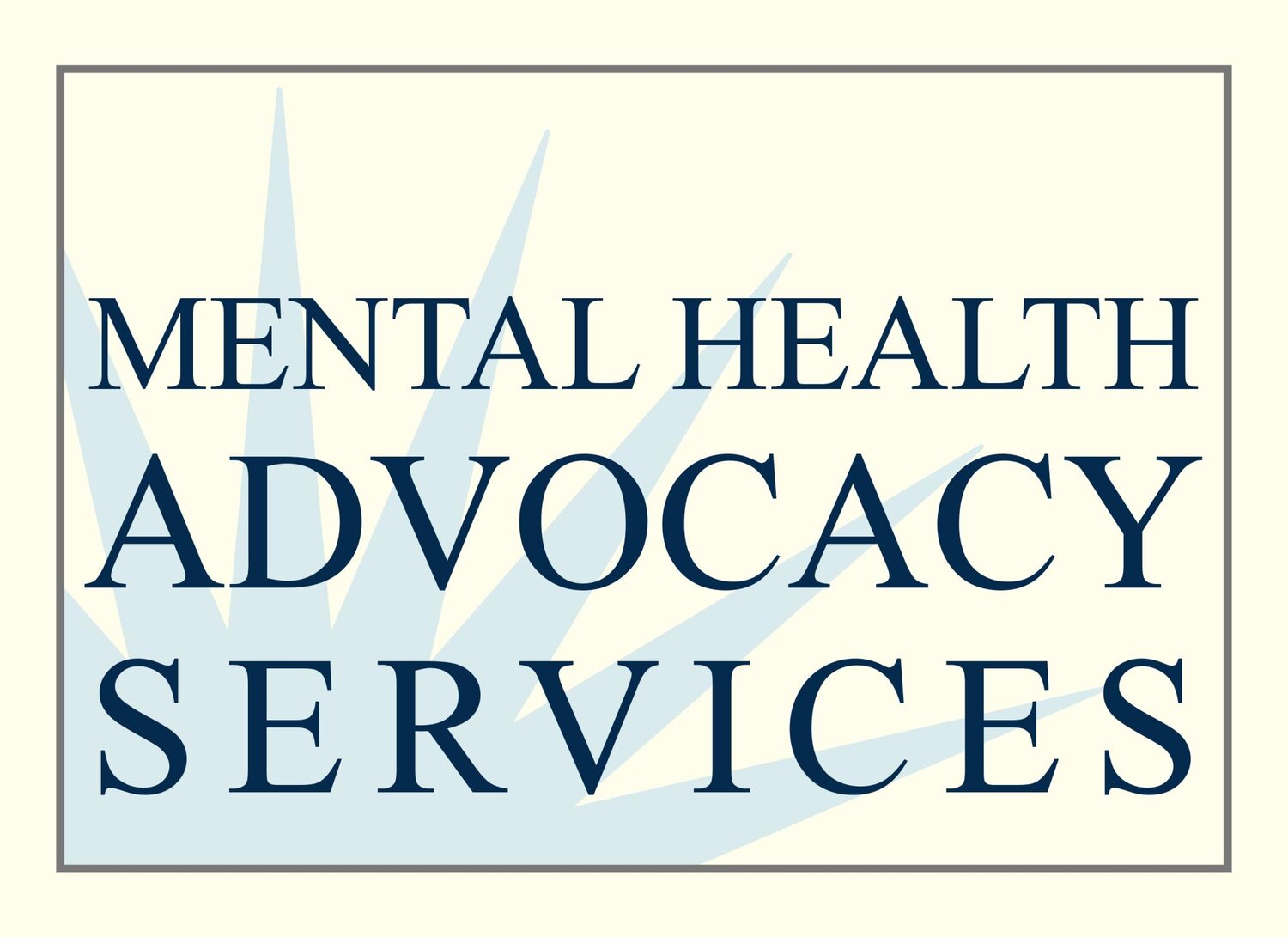Restorative Justice: A Framework of Respect, A Framework for Hope
by Tanya FranklinTanya Franklin is UCLA School of Law’s inaugural Education Law Public Service Fellow at MHAS.
In addition to directly serving students like M, my fellowship gave me the opportunity to craft a policy project of my choosing. I chose justice – restorative justice, to be precise.“Restorative” sounds nice, but what exactly does that mean in terms of the law?In the words of Howard Zehr, known as the “grandfather of restorative justice,” restorative justice is a process to involve, to the extent possible, those who have a stake in a specific offense and to collectively identify and address harms, needs, and obligations, in order to heal and put things as right as possible.Collectively identify… address harms… heal… It’s a completely different framework to operate under and one that does not necessarily mesh well with our current criminal justice system. Restorative justice does not address “crime” through lock-step “punishment,” but rather it creatively repairs harm in a way that encourages empathy and true accountability.While this idea may be initially uncomfortable for some folks, it sings gloriously to my critical race studies training. In a country where laws are created by a population that looks very different from those who are most often punished under them, I am hopeful about a shifting framework. In a state where prison construction projections have been historically based on elementary literacy rates, I deeply believe a transformative change is necessary to interrupt the school to prison pipeline. I am encouraged by restorative justice and by restorative school discipline in particular.Recognizing that kids in Los Angeles need adults who collaborate to find thoughtful solutions, who listen to our children, and who truly aim to build a sense of community, in May of this year, the LAUSD School Board adopted a resolution to implement restorative justice in all of our schools by the year 2020. As part of my policy project, I am partnering with the Partnership for Los Angeles Schools to support and monitor the roll out of restorative justice at two middle schools in Watts and one high school in Boyle Heights.This week I had the opportunity to participate with teachers in circle (the foundational restorative practice). As the talking piece went from person to person, teachers were asked to share what justice meant to them, what they needed to feel supported in this work, and what they wished young people understood. A theme arose: respect.Again looking to Howard Zehr, restorative justice is respect. He says it is respect for all, even those who are different from us; even those who seem to be our enemies. He posits that respect insists we balance concerns for all parties, and if we pursue justice as respect, we will do justice restoratively.I look forward to sharing our restorative justice journey as we build a framework of greater respect, healing, and hope.
